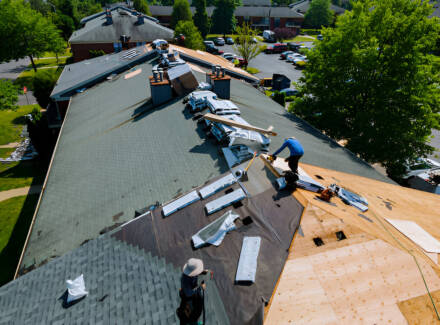Receiving news that your WorkCover claim has been rejected can be overwhelming and disheartening. When you’re already dealing with an injury, navigating the complex workers’ compensation system adds another layer of stress. The good news is that a rejection isn’t necessarily the end of the road. Biddle Law specialises in helping injured workers understand their rights and options after claim rejections.
Key Takeaways
- A WorkCover rejection isn’t final – you have legal rights to appeal the decision
- Time limits for appeals are strict and vary by state, so acting promptly is essential
- Strong medical evidence is critical to overturning a rejected claim
- Legal representation can significantly improve your chances of a successful appeal
What does a WorkCover rejection mean?
When your claim is rejected, it means the insurer has determined your case doesn’t meet the requirements for compensation under workers’ compensation legislation. This could be a complete denial or partial rejection of certain aspects of your claim.
Rejection decisions typically come from one of three sources: the insurer managing the claim on behalf of your employer, the workers’ compensation regulator in your state, or in some cases, directly from a self-insured employer.
Common rejection reasons
Understanding why your claim was rejected is the first step toward a successful appeal. Here are the most common reasons:
- Insufficient medical evidence – The insurer doesn’t believe there’s enough proof linking your injury to work
- Pre-existing conditions – The insurer attributes your condition to previous health issues rather than work
- Late reporting – You didn’t notify your employer or lodge your claim within required timeframes
- Employment connection disputes – The insurer questions whether your injury occurred during work or because of work
- Administrative errors – Missing documentation or incorrectly completed forms
First steps after rejection
The moment you receive a rejection notice, the clock starts ticking on your appeal rights. Take these immediate actions:
Read the rejection notice thoroughly. The notice must explain why your claim was rejected and outline your review rights. Note any mentioned deadlines – these are non-negotiable in most cases.
Check the time limits that apply in your state. These typically range from 21 days to three months, depending on your location and the type of decision.
Start gathering additional evidence that addresses the specific reasons for rejection. This might include detailed medical reports, witness statements, or workplace incident documentation.
“The most common mistake injured workers make is failing to act quickly after a rejection. Every day matters when it comes to preserving your legal rights to compensation.” – Biddle Law
Internal review options
Before proceeding to formal external appeals, most jurisdictions offer an internal review process:
Request a reconsideration directly from the insurer. This should be in writing, clearly stating why you believe the decision is incorrect and providing any new or additional evidence to support your case.
In some states, you can also request a review by the regulator rather than the insurer. This might offer a more impartial assessment of your claim.
Internal reviews typically take 2-4 weeks. While this process isn’t always successful, it’s often a required step before proceeding to external appeals.
External appeals and tribunals
If the internal review doesn’t resolve the issue, you can escalate to external dispute resolution:
Each state has its own tribunal or commission that handles workers’ compensation disputes. For example, Queensland has the Queensland Industrial Relations Commission (QIRC), while New South Wales uses the Personal Injury Commission (PIC).
The appeal process typically begins with conciliation or mediation aimed at resolving the dispute without a formal hearing. If that fails, your case proceeds to a more formal hearing process where evidence is presented and examined.
The tribunal can make determinations about liability, weekly payments, medical treatment approval, and lump sum entitlements.
Building your evidence
The strength of your appeal largely depends on the quality of your evidence:
Medical evidence is paramount. This includes detailed reports from your treating doctors, independent medical examinations, and specialist opinions that clearly link your condition to your employment.
Workplace evidence matters too. Incident reports, hazard notifications, work schedules, and maintenance logs can all help establish how your injury occurred.
Witness statements from colleagues who saw the incident or can verify workplace conditions add valuable context and credibility to your claim.
Legal support options
While not mandatory, legal representation can be invaluable during appeals:
Workers’ compensation lawyers specialise in this area of law and understand the complexities of the system. They can review your case, identify strengths and weaknesses, gather appropriate evidence, and represent you at hearings.
Many lawyers offer no-win, no-fee arrangements for workers’ compensation cases, making legal help accessible regardless of your financial situation.
Unions, community legal centres, and legal aid services can also provide guidance and support through the appeal process.
Conclusion
A rejected WorkCover claim doesn’t mean the end of your right to compensation. By understanding the reasons for rejection, acting promptly within timeframes, gathering strong evidence, and seeking appropriate support, you can effectively challenge the decision.
Throughout the appeal process, keep detailed records of all communications, attend all medical appointments, and follow your doctor’s advice. These actions not only support your physical recovery but strengthen your case as well.
For personalised advice tailored to your specific situation and state legislation, consider consulting with Biddle Law to ensure your rights are fully protected during this challenging time.






